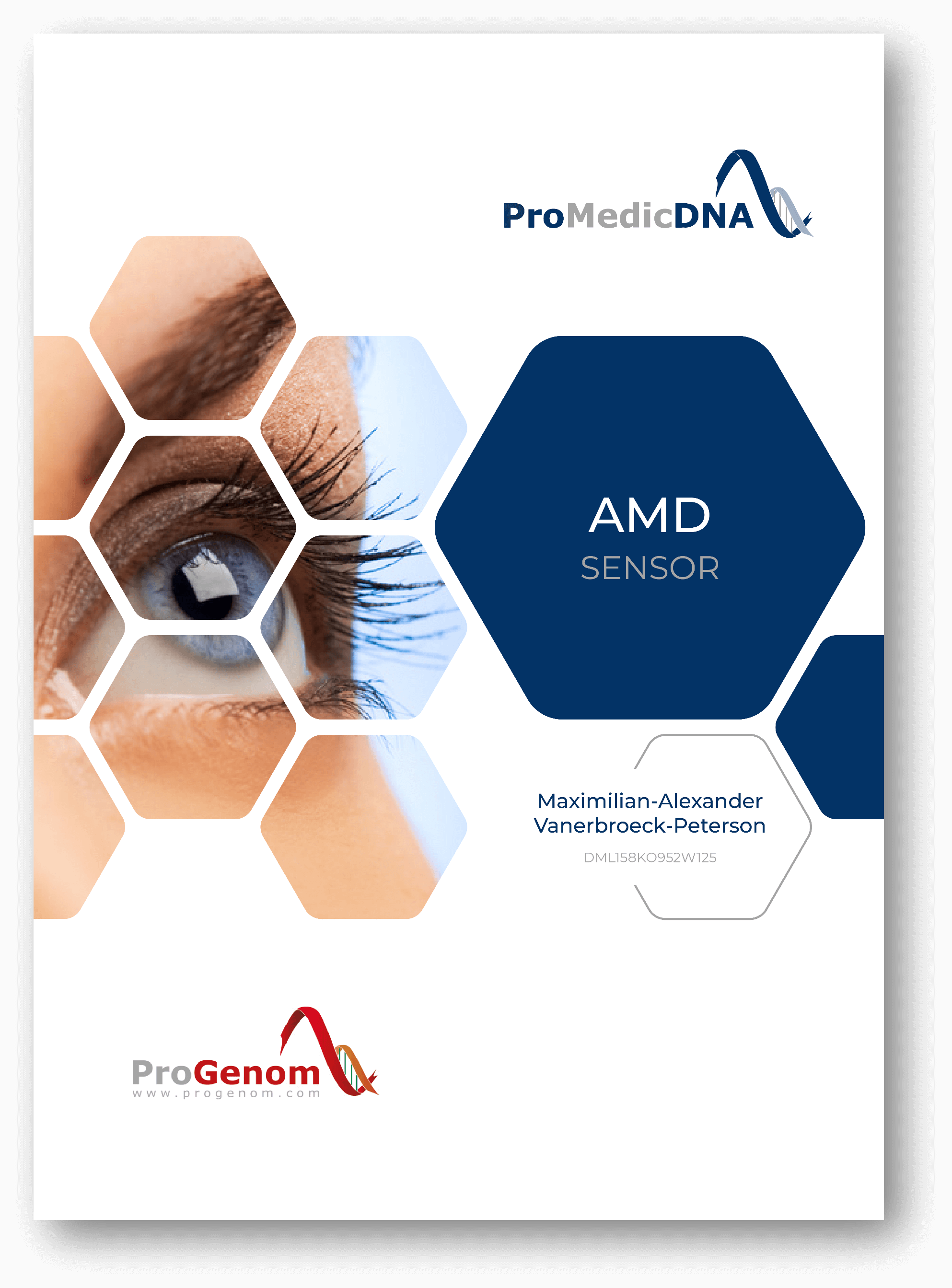Breast Cancer – The Most Common Cancer in Women
In recent decades, the number of breast cancer cases has risen sharply. Currently, one in eight women will develop a malignant breast tumor in their lifetime, while men are rarely affected (one in 790 men). Thus, breast cancer is the most common and, despite medical advances, the deadliest cancer in women. For this reason, women should be aware of the potential risk factors and take preventive measures as much as possible.
Possible symptoms of breast cancer include hardening of the breast, a generally altered breast shape or size, and discolored, (in)sensitive, or retracted skin or nipple. Additionally, clear, cloudy, or even bloody discharge may come from the nipple. If left undetected, a malignant breast tumor can invade healthy tissue and destroy it. Once this occurs, individual cancer cells can spread through the blood and lymphatic system to other parts of the body and form metastases.
When detected early and treated, breast cancer is usually curable today. If women are aware of their personal risk, they should attend regular medical check-ups so that the breast glands and lymph nodes in the armpits, as well as the collarbone and breastbone, can be palpated annually. At the same time, the shape and size of the breasts and nipples will be checked, along with any discharge from the nipple. Women over 50 are also given a mammogram every two years in addition to the annual palpation exam.
Genetic Predisposition for Breast Cancer
The cause of breast cancer is often a combination of environmental factors and existing gene mutations. In addition to genetic predisposition, an unhealthy lifestyle can significantly increase the risk of breast cancer. Risk factors include older age, hormonal factors (early first menstruation plus late menopause, hormone use, late first pregnancy, childlessness), alcohol, smoking, lack of exercise, being overweight, and a high-fat diet. For men, an undescended testicle and a previous testicular or epididymal infection increase the risk of breast cancer.
So far, 10 genetic variations have been linked to the occurrence of breast cancer. A genetic analysis can identify an individual’s risk and, if necessary, provide appropriate preventive measures (e.g., adopting a healthier lifestyle).
How Does Our Breast Health Sensor Work?
With our Breast Health Sensor, our laboratory examines the submitted saliva sample for the 10 gene variants that can promote the development of breast cancer. We also evaluate the effectiveness and tolerance of 66 common medications based on the genetic profile.
This genetic test allows us to determine how likely a patient is to develop breast cancer and whether timely check-ups and preventive measures are necessary.
We evaluate the analysis results in a written report, which also provides concrete recommendations for effective prevention.
In this way, our Breast Health Sensor can determine the individual risk of breast cancer, derive suitable preventive measures, and help with early detection.
Breast Health Sensor Overview
- Analysis of the 10 gene variations associated with breast cancer
- Assessment of individual breast cancer risk
- Effectiveness testing of 66 relevant medications
- Reliable & ISO-certified testing by our laboratory
- Clear evaluation of test results
- Preventive recommendations to avoid breast cancer



























